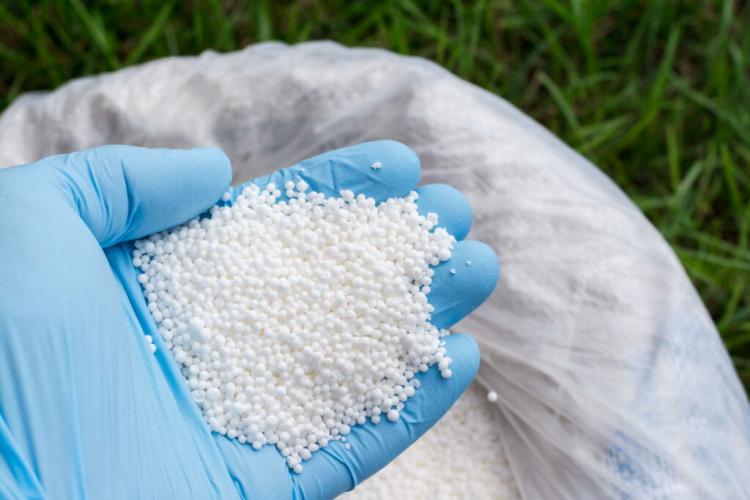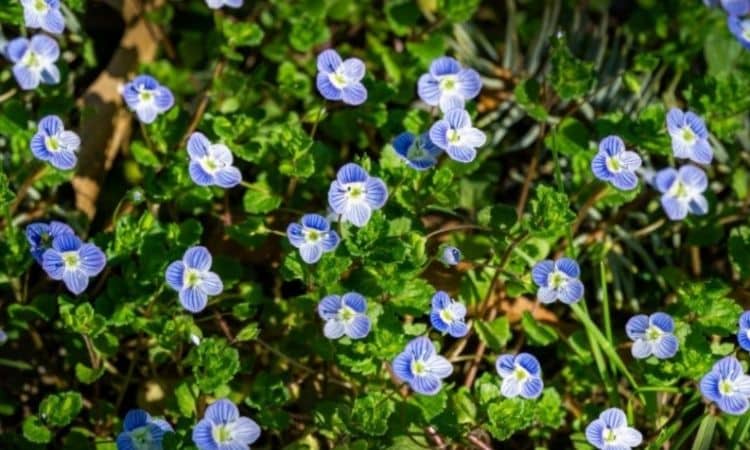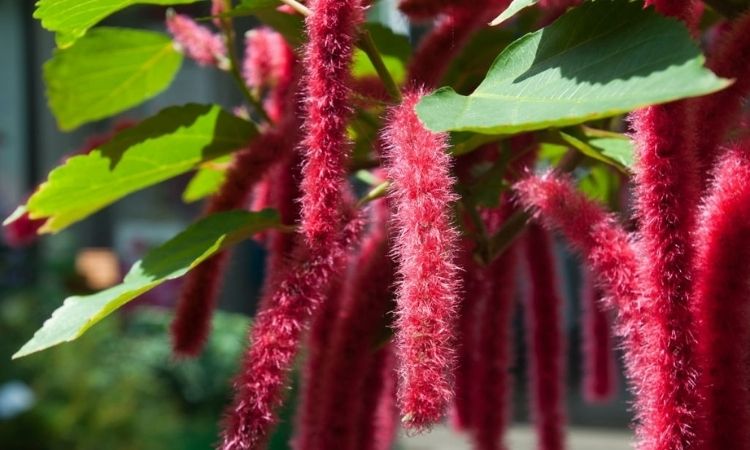Lawn Fertilizer With Weed Killer: Recommendations
How practical it would be if you could combine lawn fertilization and weed killing. We inform you here about the benefits and risks.
Lawn fertilizers with weed killers are offered by various manufacturers and advertise a nicer lawn in just one step. Hobby gardeners, in particular, like to use this chemical club, while many experts advise avoiding pesticides while taking environmental protection into account. In the following, we will weigh up the benefits and risks for you and point out alternatives.
The promise is simple: wild herbs are damaged, lawn grasses are strengthened. In the following explanations, you will find out whether lawn fertilizers with weed killers can keep this promise, what disadvantages they also have and what prevents wild herbs in the lawn more sustainably.
Does grass fertilizer with weed killer make sense?
Table of Contents
What actually leads to weeds in the lawn and what more environmentally friendly options are there for removal? Before resorting to weed killer, these questions should first be answered. We have summarized for you what promotes the establishment of wild herbs in your lawn and what you can do about it. You can also find more detailed information on weeds in the lawn in this special article.
| problem | solution |
|---|---|
| Nearby seed source | Shield the garden in the direction of the source with as thick and high a hedge as possible |
| Soil heavily occupied with weed seeds | When preparing for sowing, replace the soil or steam the soil to kill the weed seeds (information on this is available from a local specialist company) |
| Too deep a cut leads to the establishment of rosette-forming wild herbs (daisies, dandelions, plantain) | Avoid cutting too early and too deep (less than 4 cm) at the beginning of the year. The vertically growing lawn grasses also shade rosette-forming wild herbs and force them to grow vertically as well. In this way, they can be caught by the mower during the first mowing passes and weakened until they die |
| Too thin / gaps in the turf gives wild herbs light and space to grow | Can have various reasons, which are named in the following columns |
| Soil pH favors wild herbs | Test the soil pH value and optimize it towards the optimum for lawns (5.5 – 6.5) |
| Soil compaction favors wild herbs | Avoid the beaten track. Scarify the soil deeply and then sand it or (with strong and deep compaction) aerate and sand it. Use of organic fertilizers to keep the soil loose with humus |
| Lawn too shady | Use of regular seed mixtures for shady lawns, when planning the future position and size of buildings and trees |
| Too dry ground | Use of suitable regular seed mixtures for dry lawns; regular application of compost and organic fertilizer to promote water storage capacity through humus; irrigation if necessary |
| Nutrient deficiency (especially nitrogen) | Regular and needs-based fertilization to create optimal conditions for the heavily draining lawn |
| Incorrect soil preparation at the plant | Optimal soil preparation ensures even grass emergence, rapid formation of dense sward and narrows the time window for wild herbs to emerge |
| Use of unsuitable standard seed mix (RSM) | Use of a seed mixture adapted to the location to achieve the best possible lawn growth |
| Too seldom cut | Regular cutting ensures a dense sward that prevents weed seeds from getting to the ground or the wild herbs take away the light they need to grow |
Tip: Raising the pH of a lawn is much easier than lowering it. Therefore, you should always use lime with care and knowledge of the current pH value. In this special article, you can find out everything about liming the lawn. If the pH value is too high, only a few remedies help: fertilizing with ammonium, watering only with rainwater and compost made from coffee grounds, oak leaves, coniferous wood chips, and ammonium lead to a drop in the pH value.

As you can see, there are many approaches to avoid wild herbs in the lawn: During the lawn installation and also in existing lawns. Only when all these options have been exhausted and if you do not want to tolerate the ecological benefits of a low weed stock in the lawn should herbicides be an option?
Disadvantages of mineral lawn fertilizers with weed killers
As already mentioned, mineral lawn fertilizers with weed killers have some disadvantages, which we explain to you below:
- Pesticides can be harmful to wildlife, domestic animals, and of course the user. After applying lawn fertilizer with a weed killer, the lawn should not be entered according to the manufacturer’s instructions. It is almost impossible to keep the native, partly protected shrews, songbirds, or domestic cats from doing so.
- There is a risk of using it to become a habit: the prophylactic use of weedkillers directly with lawn fertilization may sound tempting to some. However, this creates a thoughtless and irresponsible burden on the environment.
- Weed grasses remain unaffected by the use of herbicides: to protect the turf grasses, they only act selectively against dicotyledonous (dicotyledonous) plants. However, all grasses belong to the monocotyledonous (monocotyledonous) plants.
- Careless handling can also damage various other dicotyledon garden plants. All garden plants except grasses belong to this group.
- The sole use of mineral lawn fertilizers leads to a loss of soil quality and can disrupt soil chemistry to such an extent that the pH value changes. This in turn can favor the growth of wild herbs. The use of mineral lawn fertilizer with weed killer thus contributes to the fact that weeds remain a problem in the long term.
- The packaging of the fertilizer containing pesticides must be disposed of properly to have as little impact on the environment as possible. It should also be stored safely – in any case out of the reach of children and animals. Dealing with pesticides means a certain amount of effort and always a residual risk.

Conclusion: do weed fertilizers make sense?
From lawn planning to maintenance, there are various ways to prevent excessive weeds. Mineral lawn fertilizers with weed killers only ensure the death of some weeds in the short term, at the same time they pose risks for the soil, the environment, animals, the user, and even beloved garden plants. They’re making the problem worse rather than fixing it. Unfortunately, lawn fertilizers with weed killers are therefore not a sensible long-term solution on the way to a uniformly weed-free lawn. You can also find out more about mineral fertilizers here.
Separate lawn fertilizers and weed killers: Fertilizer recommendation
In order not to let the use of weed killers become a habit and to be able to choose the best lawn fertilizer from the whole range of offers, you should separate the treatment of weeds and lawn fertilization. In this way, you can also use soil-friendly organic lawn fertilizers or organic lawn fertilizers, which, by maintaining or increasing the quality of the soil, promote the lawn grasses instead of the frugal wild herbs. Our Gardender organic lawn fertilizer is one of the primary organic and organic-certified lawn fertilizers, which not only protects the animals in your garden but all animals: The organic material contained consists of purely natural raw materials and can also be used in organic farming.
Using such fertilizer and following the tips on avoiding wild herbs listed in the table above is guaranteed to keep you from being invaded by dandelions and clover. And if one or the other meadow herb finds its way into your garden: Make it clear to yourself that ecological diversity is extremely valuable and try to enjoy the variety in the uniform green. Even most specialist gardeners advise such a view in the private sector.

You can find more information about the various lawn fertilizers here. You can also find everything else about the big topic of “fertilizing lawns” in our overview article.






